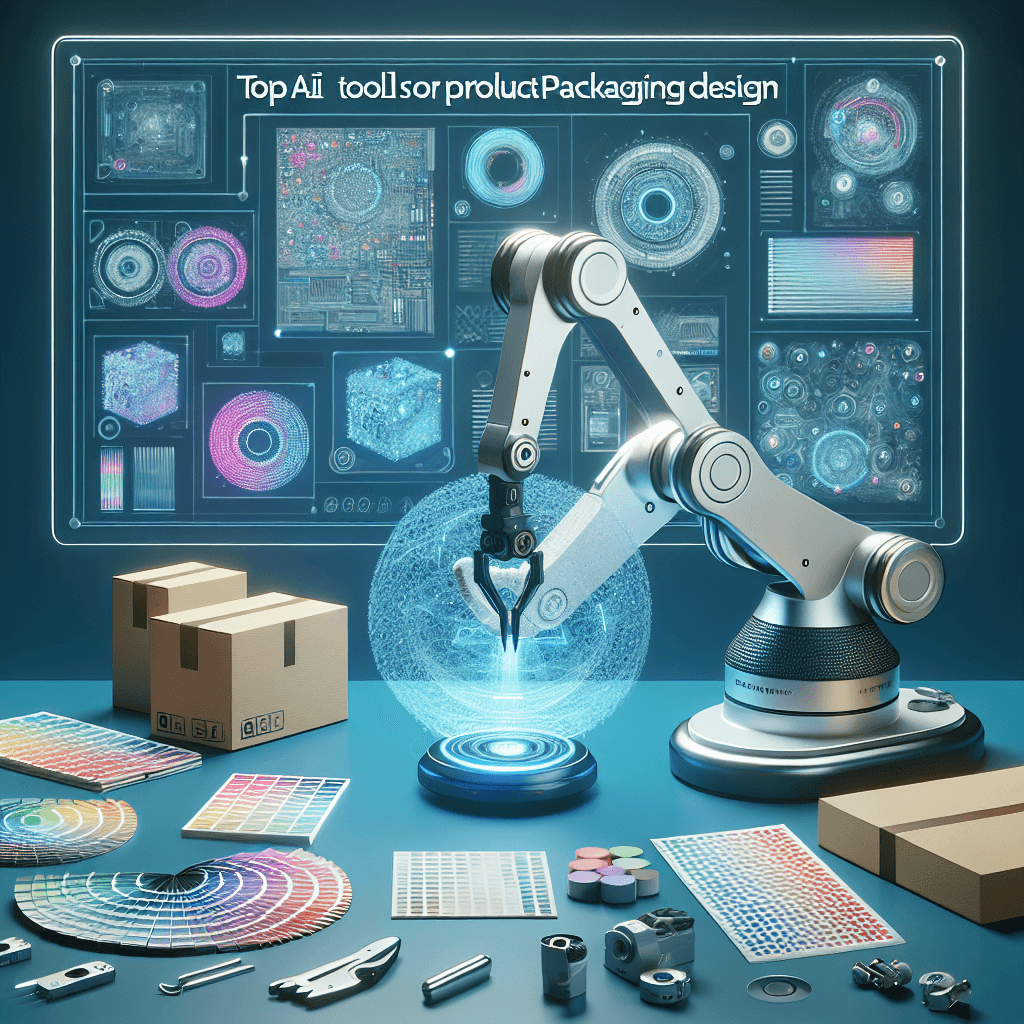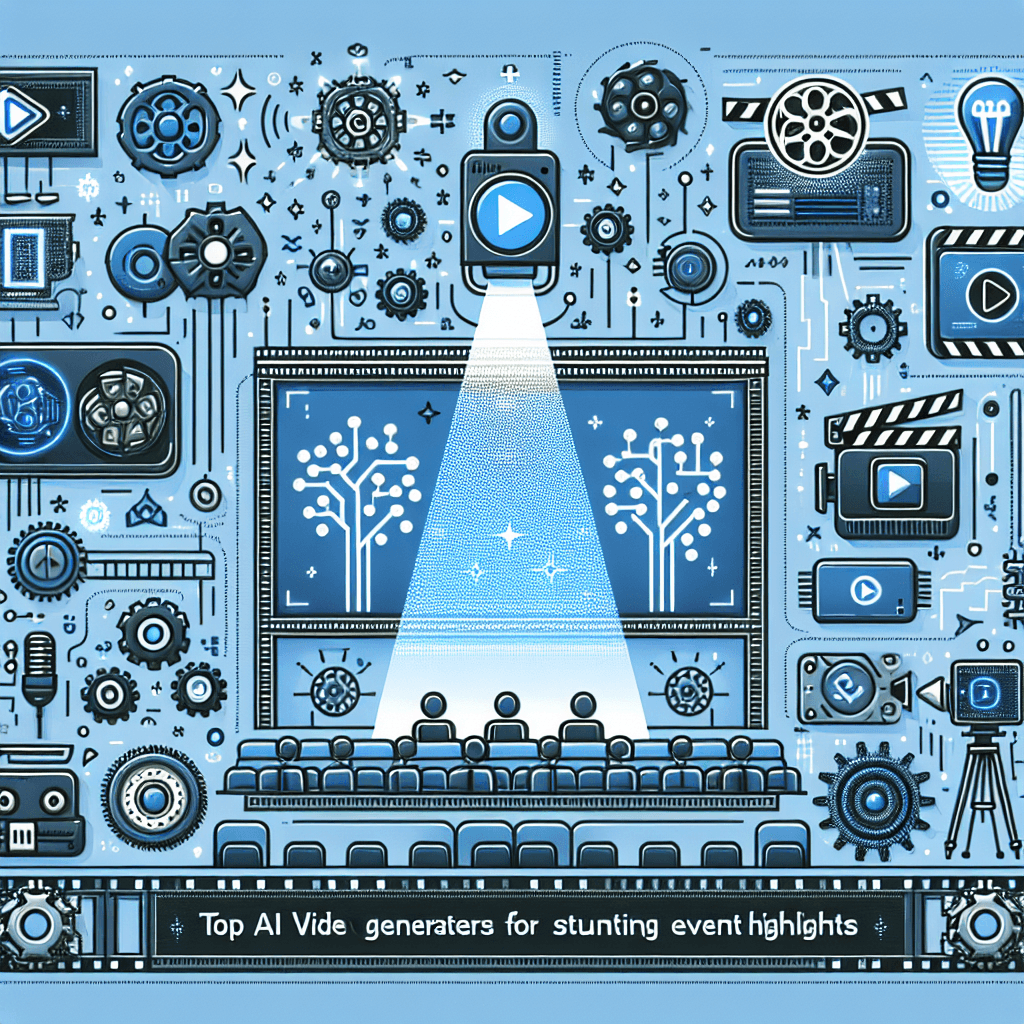In the rapidly evolving world of product packaging, businesses must innovate to stand out. With advancements in artificial intelligence (AI), the packaging design process is becoming more efficient, creative, and tailored to consumer preferences. Here’s a look at some of the top AI tools that are shaping the future of product packaging design.
Revolutionizing the Packaging Design Process
The essence of intelligent packaging lies in its ability to not only protect products but to effectively communicate brand identity and values. This has intensified the demand for innovative design solutions. By leveraging AI, designers can significantly enhance their creative workflows, streamline processes, and gain a deeper understanding of consumer behavior.
Understanding Consumer Preferences
One of the most impactful aspects of AI in product packaging design is its ability to analyze vast datasets. Tools like Google Cloud AutoML harness machine learning to interpret consumer preferences based on purchasing trends, social media sentiment, and even visual aesthetics. This information enables designers to craft packaging solutions that resonate effectively with their target audiences.
Automated Design Platforms
Platforms such as Canva and Visme have integrated AI features that allow users to generate packaging designs based on simple input parameters. These tools cater to both amateurs and professionals, providing pre-designed templates optimized for various market sectors. With their drag-and-drop interfaces, users can quickly create stunning packaging concepts without needing extensive design expertise.
AI-Powered Color Theory
Colormind is an AI tool that assists designers in selecting harmonious color schemes based on trends and emotional associations. By analyzing millions of design projects, Colormind can suggest combinations that enhance brand visibility and attract consumer attention, vital aspects when it comes to packaging.
Enhanced Image Recognition
Image recognition technology is a game-changer for packaging design. Tools such as Adobe Sensei utilize machine learning to analyze packaging imagery and suggest improvements. For instance, Adobe Sensei can identify elements that may distract consumers or fail to convey the intended message, thus enabling designers to refine their work.
Virtual Reality Integration
Embracing AI, platforms like SketchUp provide virtual reality (VR) integration, allowing designers to visualize how their packaging will look in real-world settings. This immersive technology not only aids in refining design concepts but also enhances client presentations, making it easier to sell ideas to stakeholders.
3D Modeling Capabilities
The use of AI-driven 3D modeling tools, such as Fusion 360, allows designers to create intricate packaging prototypes. This software offers features for simulating how materials behave and how designs hold up in various conditions, aiding in material selection and sustainability considerations.
Packaging Customization at Scale
AI tools such as Packlane enable businesses to customize packaging for various market segments swiftly. With a user-friendly interface, companies can upload their designs and adjust measurements based on product specifications, all while maintaining quality control.
Sustainability Insights
Environmental considerations are paramount in contemporary packaging design. AI tools systematically analyze material options, suggesting sustainable alternatives that align with brand sustainability goals. Platforms like Eco Enclose utilize AI to recommend eco-friendly packaging materials based on usage patterns and consumer expectations.
A/B Testing and Optimization
AI-driven platforms such as Unbounce employ A/B testing to assess various packaging design concepts. By presenting different designs to segmented consumer groups, brands can collect real-time data on preferences and effectiveness, ultimately leading to optimized designs that drive sales.
Collaboration Made Easy
Tools like Figma leverage AI to enhance collaborative efforts in design teams. Its real-time updates and version control allow designers to work concurrently, ensuring a seamless workflow. The AI features analyze design patterns across teams, even suggesting layouts that align with successful elements used in past projects.
Predictive Analytics for Trends
Predictive analytics tools, like IBM Watson, can forecast packaging trends based on current market data and consumer behavior. By interpreting purchase patterns, these tools provide insights that help brands stay ahead of the curve, ensuring their packaging designs are relevant and appealing.
Improved Typography Choices
WhatTheFont, an AI tool, helps designers explore typography that aligns with their packaging narrative. By simply uploading an image, the tool can identify specific fonts and provide a selection that complements the brand’s visual identity, thereby enhancing overall coherence.
Cognitive Design Feedback
Tools like Hemingway Editor focus on clear communication. While primarily designed for text, cognitive feedback functions can assist designers by highlighting jargon or complexity in labeling and promotional materials, ensuring that packaging communicates effectively without overwhelming the consumer.
Brand Consistency Check
Frontify offers AI features that monitor brand guidelines and maintain consistency across various packaging designs. This is essential for global brands looking to unify their image while catering to diverse markets.
Cost Efficiency in Design
Utilizing AI tools can be a cost-effective measure for brands. By automating mundane tasks and enhancing efficiency, tools like RelayThat ensure that resources are allocated wisely, reducing overhead costs and improving turnaround times for packaging projects.
Streamlined Supply Chain Management
AI can also optimize the supply chain involved in packaging. Tools such as LogiX analyze logistics and inventory levels to forecast demand, ensuring that packaging supplies meet production needs without excessive waste.
Enhanced User Experience
Ultimately, the goal of packaging design is to improve customer experience. AI tools provide valuable insights into consumer interaction with packaging, allowing designers to create user-friendly features such as easy-opening mechanisms, which can significantly enhance satisfaction and brand loyalty.
The Future of AI in Packaging Design
As technology evolves, the integration of AI in product packaging design will only continue to grow. Emerging tools are set to offer even more capabilities, making the design process faster, smarter, and more intuitively aligned with consumer needs.
Conclusion: Embracing Innovation in Packaging Design
In conclusion, embracing AI tools in product packaging design is not just an option; it is a necessity for brands aspiring to thrive in today’s competitive marketplace. By incorporating AI-driven insights, automation, and innovative features into their design processes, brands can create packaging that not only protects their products but also captivates and resonates with consumers. The future of packaging is indeed bright, fueled by technology and creativity. As these AI tools develop, they will undoubtedly redefine the standards for what packaging can achieve in both function and form.








